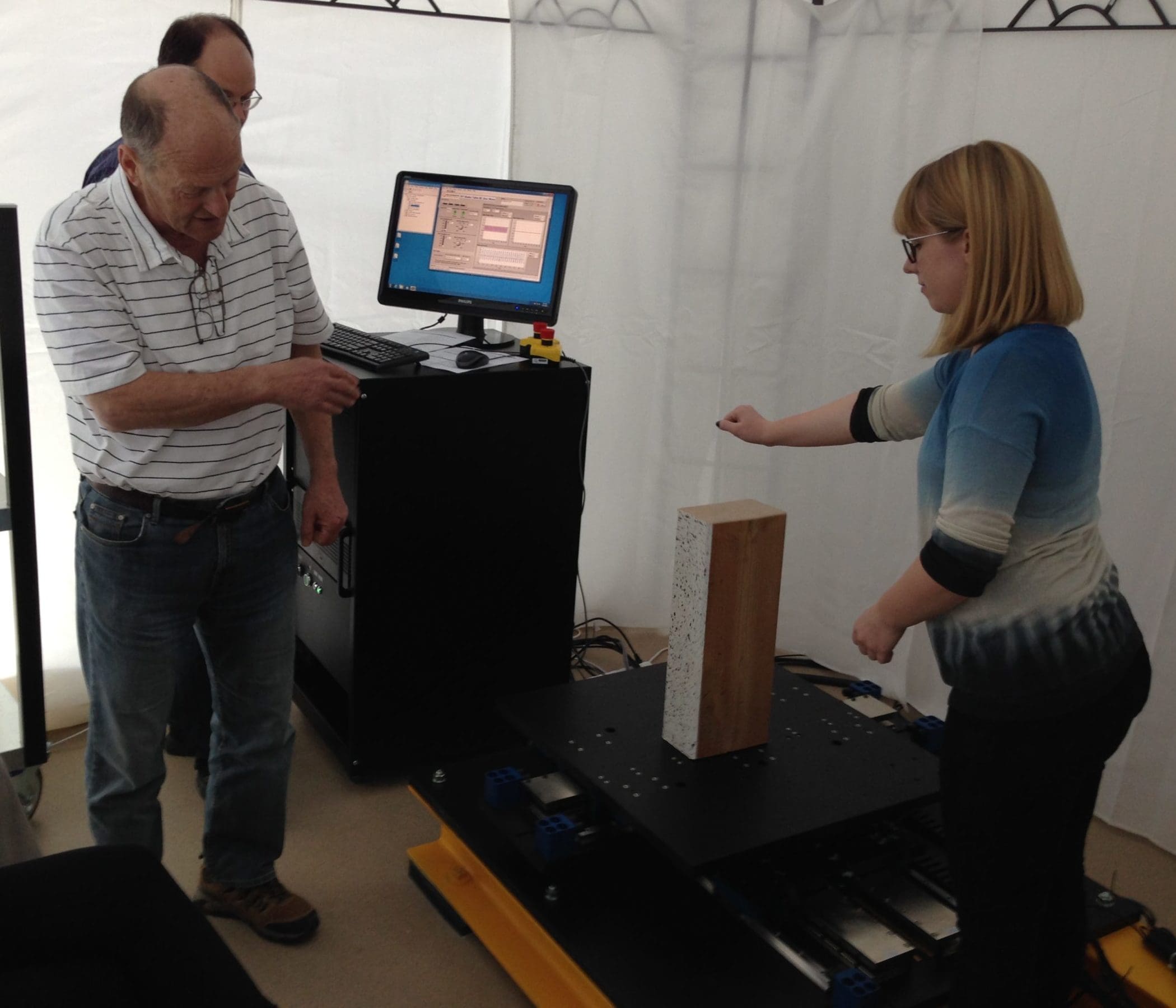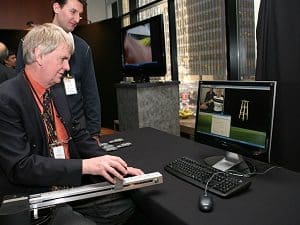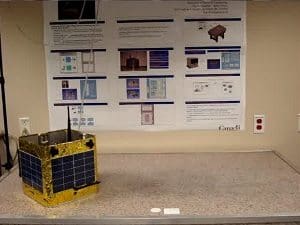
Topics of structural dynamics and earthquake engineering are covered in most, if not all civil engineering programs. However, not all universities are equipped to perform extensive experiments and testing in this area, leaving the teaching and research at a theoretical and simulation level.
The Faculty of Civil Engineering at the University of Rijeka is fortunate in that sense. Their lab can boast about not one, but two bi-directional shake table platforms. With this unique setup, the research team of Professors Nenad Bicanic and Gordan Jelenic was able to take their research to the next level.
Challenge
More Insights into Dynamic Response of Discontinuous Systems
Many structures are built using multiple blocks of material, with gaps and clearances of simple or rather complex shapes in between. The spaces between the blocks allow for limited sliding and rocking during the dynamic response to excitation, for example during an earthquake. Civil engineering classifies these structures as discontinuous. Stone or brick walls are typical examples of such structures, but so are graphite cores used in nuclear power plants, where gaps help avoid extensive thermal stresses.
Often, they represent a vital safety-critical component of the entire structural system. Being able to predict the behavior of discontinuous systems under both static and dynamic conditions more accurately would help design safer structures and develop safety assessment procedures.
But to assess or characterize a potential sensitivity of discontinuous systems to dynamic excitation is extremely difficult. Computational simulations typically rely on methods developed for continuous systems and extending them to multi-block assemblies, which is not adequate. The scalability of experiments with discontinuous structures presents another challenge.
With that in mind, and with the unique Shake Table III setup in the lab, the team at the University of Rijeka set off to get more insights into the dynamic response of the discontinuous systems.
Solution
What Makes the Blocks Collapse
The team studied the conditions for over-turning of a single block column and multi-block assembly excited by a ground motion, and the effect of the surface stiffness on the overturning conditions.
To do that, they placed the block column and multi-block structures on 3D-printed baseplates emulating softer or harder surfaces and excited them by running sine waves of different frequencies on the Shake Table III. Through a set of experiments, the team obtained the block displacement time histories and identified the ground motion function resulting in the complete or partial overturning of the structures.
The initial results suggested a broad agreement between experiments and simulations of the block structures’ qualitative behavior. Further research would be required to validate simulations of the dissipation mechanisms on the inter-block, as well as block-base interfaces, and to investigate suitable scaling parameters for practical assessment of real-life structures.
How Blocks Self-organize

In the second project, the researchers studied how blocks placed in a constrained space, and exposed to horizontal harmonic excitation, form patterns. Their goal was to find out if, and under what conditions, the blocks would converge to a repeatable and predictable motion.
The team performed a series of experiments with four or eight blocks confined in a basin, capturing the displacement of the blocks with an optical measuring system. To ensure minimal friction between the blocks and the basin floor, the blocks were placed on top of an aluminum beads layer.
In these experiments, the team employed two Shake Tables III. Running them synchronously allowed the researchers to examine the effect of the same excitation on different structures, or on the same structures, but with different damping measures.
The results suggested that for specific conditions, the assembly response patterns of the blocks were repeatable, although minor changes in the excitation frequency and amplitude led to different response patterns, where the multiblock assembly responded as a single block, or the blocks separated and came together in repeatable fashion.
Behaviour of Structures under Multi-support Excitation
Large structures, such as long bridges, present another challenge in earthquake engineering. Because of the greater distance between the supports, the excitation each support is subjected to may be quite different. This may result in structural failure due to the excessive relative displacement between the supports.
Current literature offers theoretically-based procedures for calculating dynamic response of structures subjected to multi-support excitation, but the experimental validation is not well documented. Such experiments would require a setup capable of giving different base displacement functions to each support of the structure at the same time.
The lab at the University of Rijeka, with two bi-directional Shake Tables, was well-positioned to take on this research challenge. The research team measured the horizontal deflection of a freely supported beam and a cantilever beam with additional discrete masses, subjected to synchronous and asynchronous, as well as uniform and non-uniform harmonic excitations. They compared the results with the analytical and numerical approaches to confirm the theoretical predictions. To measure the dynamic response of a long structure to excitation, the research team at the University of Rijeka used a 2 meters long wooden beam. Each of the beam supports was fixed to a separate Shake Table. The dual Shake Table setup allowed to apply excitations with the synchronous signal, or a signal with some delay. The team used the 3D non-contact optical displacement and deformation measurement system to study the horizontal deflection of the beam.
Result
More International Collaboration and Research Funding
The lab at the University of Rijeka is quite unique from the technical point of view. With two Shake Table III running together, it represents one of the most advanced applications of the platform. It is also the first setup using LabVIEW and Quanser Rapid Control Prototyping (QRCP) software for control of the Shake Table III system.
Even though the researchers at the University of Rijeka did not have any previous LabVIEW experience, they found it easy to use and were able to get ahead with their experiments quickly. After becoming more familiar with both LabVIEW and QRCP, they were able to modify the pre-designed VIs to better suit their specific research goals.
The formidable lab setup attracts a lot of interest in the research performed at the University of Rijeka and drives international collaboration with other universities in the United Kingdom, France, and China. The work they have already done also gives the team a great advantage when preparing new research funding proposals. The researchers can clearly demonstrate capabilities and resources of their lab, which opens the door for new research opportunities.
To find out more about the research projects at the University of Rijeka, visit http://mbsdynamics-ukf.gradri.uniri.hr/ and http://canfas.gradri.uniri.hr/


